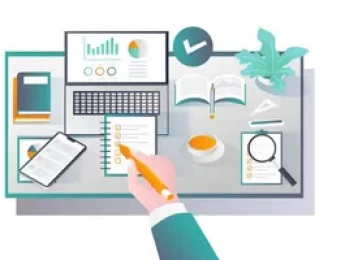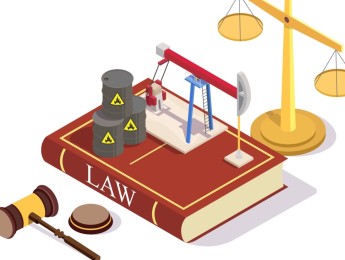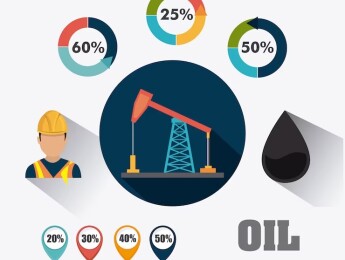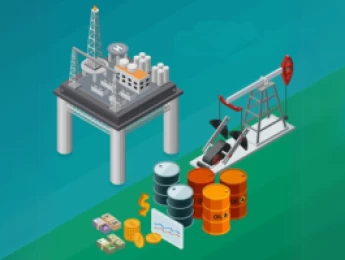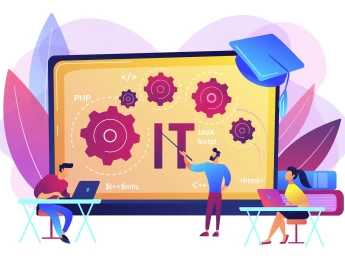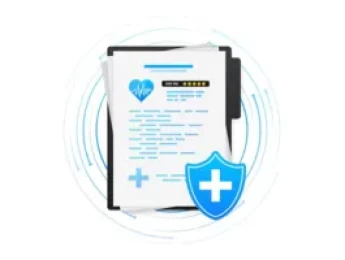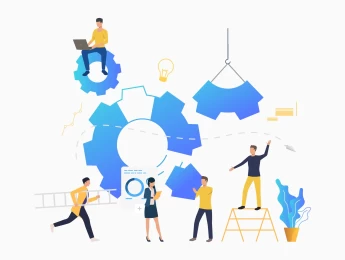Data is essential to making strategic changes, growing a business, and developing relationships with stakeholders and partners.
However, sophisticated numerical data alone isn’t enough to catch the eye of interested parties and gain funding, sponsorship, and buy-in. Due to the fast-moving nature of technology, most businesses now rely on data to make these changes and take the next sensible steps. Presenting your data to prove your strategy and future-proof your planning makes you stand out above the crowd.
Presenting your information in infographics with a combination of sophisticated graphs, charts, and diagrams will help convey your message and capture the attention of any audience. Providing insightful infographics helps to utilise multiple learning styles to ensure that the audience remembers your plans even after you’re done presenting.
Upon completion of this course, participants will be able to:
- Understand what makes a good attention-grabbing infographic.
- Plan and design infographics that will present your data adequately.
- Create infographics that only display valuable data to the audience.
- Understand how an audience sees your infographic and what you need to include to gain buy-in.
- Utilise different learning styles within a single infographic to aid with memorability.
- Tell a story using data, focusing on your end goal.
- Pull data that supports your argument from relevant and reliable sources.
- Visualise the information and combine multiple presentation tools to develop the perfect infographic.
- Gain knowledge on various software options to find the best one for your business infographics.
This course is designed for gas and oil professionals responsible for gathering and displaying data to gain sponsorship and buy-in from interested parties. It would be most beneficial for:
- Marketing Managers
- Project Managers
- Campaign Managers
- Business Developers
- PR Professionals
- Operations Managers
- Finance Managers
- Risk Assessors
- Board Level Executives
- Business Owners
This course uses a variety of adult learning styles to aid understanding and full comprehension. Participants will be presented with real-life examples of sophisticated data sets and will use group exercises and provided test software to determine the best presentation methods.
Role-playing exercises will see the participants feeding back infographics and requesting feedback on their validity, memorability and ability to attract a relevant audience.
Day 5 of each course is reserved for a Q&A session, which may occur off-site. For 10-day courses, this also applies to day 10
Section 1: Introduction to Infographics
- Where to find your fundamental statistics.
- Infographic examples and easy Excel.
- Oil and gas mining presentations.
- Representation and frequency analysis and feedback.
- Regression analysis in oil and gas companies and why it’s important.
- The Confidence Interval.
- Hypothesis and testing.
Section 2: Descriptive Statistics & Reliable Data
- What is good data analysis?
- Where to find the best data to support your argument.
- Statistics and compensations for small sample sizes.
- Excel beginners tutorial.
- Different data sets and their usefulness.
- Representing your data with graphs.
- Infographics in Excel.
- Comparing infographics to traditional data presentation.
Section 3: Frequency & Time Series Research & Analysis
- Histograms.
- Frequency of occurrence.
- Pareto Analysis.
- Creating pivot tables and charts.
- Vlookup displays.
- How Excel differs from traditional methods.
- PowerPoint and Excel combinations.
- Time series analysis.
- Trending Data and Estimation Theory.
Section 4: Six Sigma Processing & Scenario Analysis
- Creating an effective modelling scenario.
- Interactive spreadsheets and their uses.
- Confidence interval review.
- Control charts for oil and gas.
- Six Sigma.
- Identifying error bars.
- Finding the right online tools.
- Model data and Beta testing.
Section 5: Equations & System Modelling
- Regression analysis charts.
- Likelihood estimations.
- Polynomial curve fits.
- Describing data.
- Predictions and your hypothesis.
- Analysis of variance (ANOVA).
- Different types of infographics and how to use them.
Section 6: Creation, Feedback & Review
- How to present data to the appropriate audience.
- Understanding what your audience is looking for.
- Reporting style based on stakeholder buy-in.
- Sponsorship-gaining techniques.
- Storytelling tools and negotiation techniques.
- Review of concepts and feedback.
- Amendments before presentation.
Upon successful completion of this training course, delegates will be awarded a Holistique Training Certificate of Completion. For those who attend and complete the online training course, a Holistique Training e-Certificate will be provided.
Holistique Training Certificates are accredited by the British Assessment Council (BAC) and The CPD Certification Service (CPD), and are certified under ISO 9001, ISO 21001, and ISO 29993 standards.
CPD credits for this course are granted by our Certificates and will be reflected on the Holistique Training Certificate of Completion. In accordance with the standards of The CPD Certification Service, one CPD credit is awarded per hour of course attendance. A maximum of 50 CPD credits can be claimed for any single course we currently offer.
- Course Code IND01-114
- Course Format Classroom, Online,
- Duration 5 days





